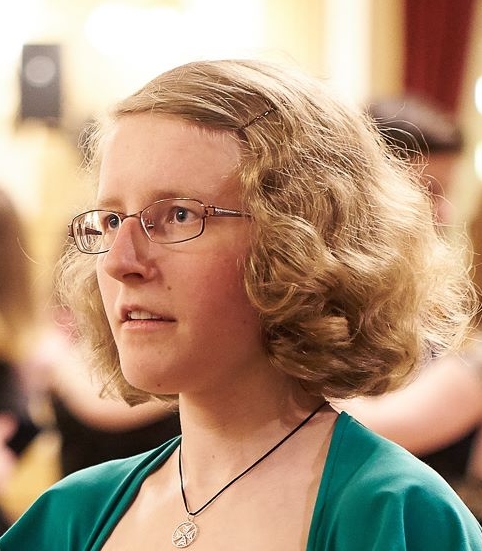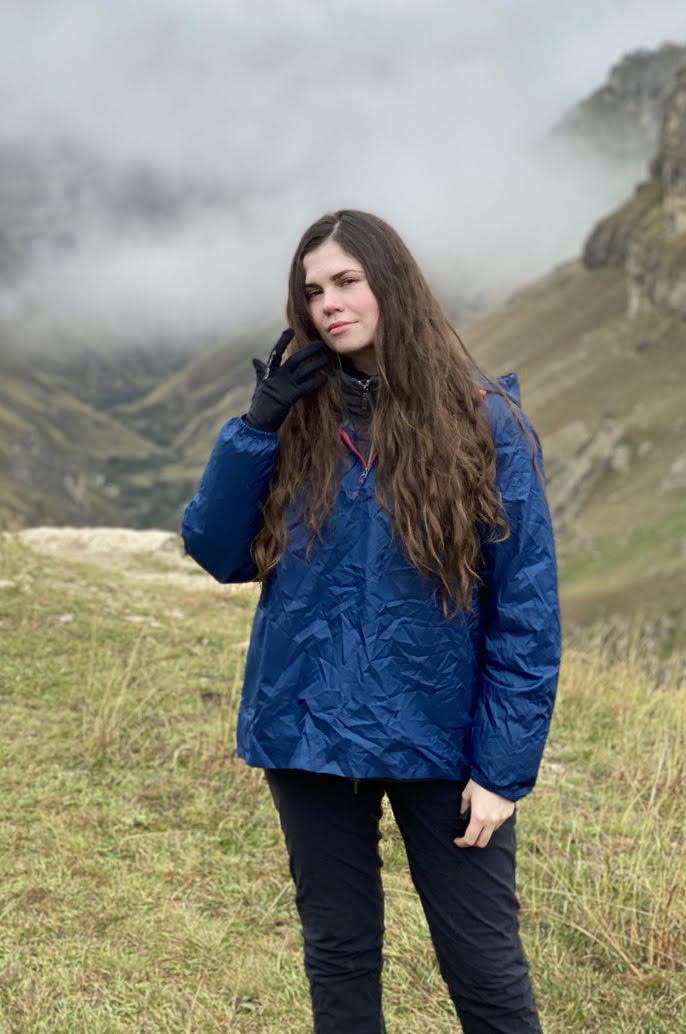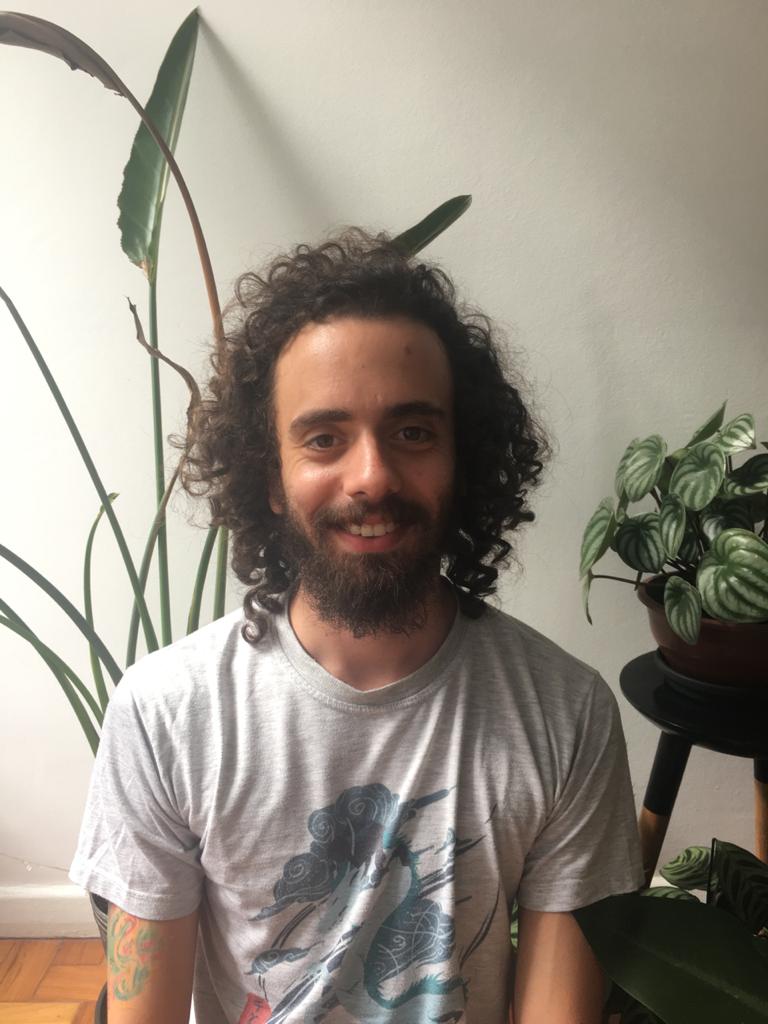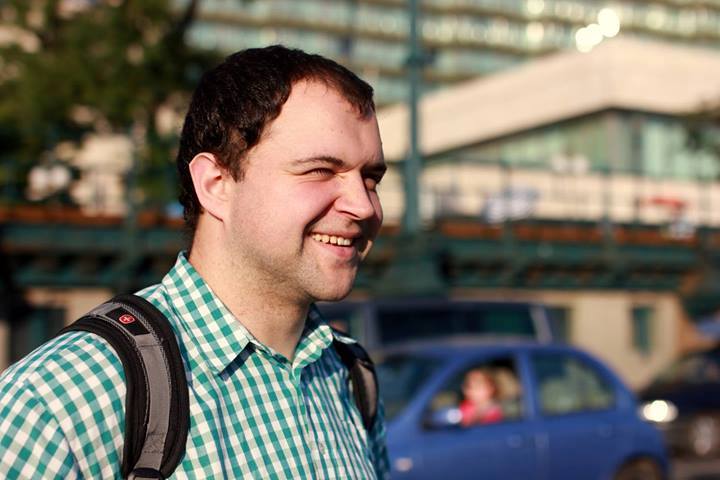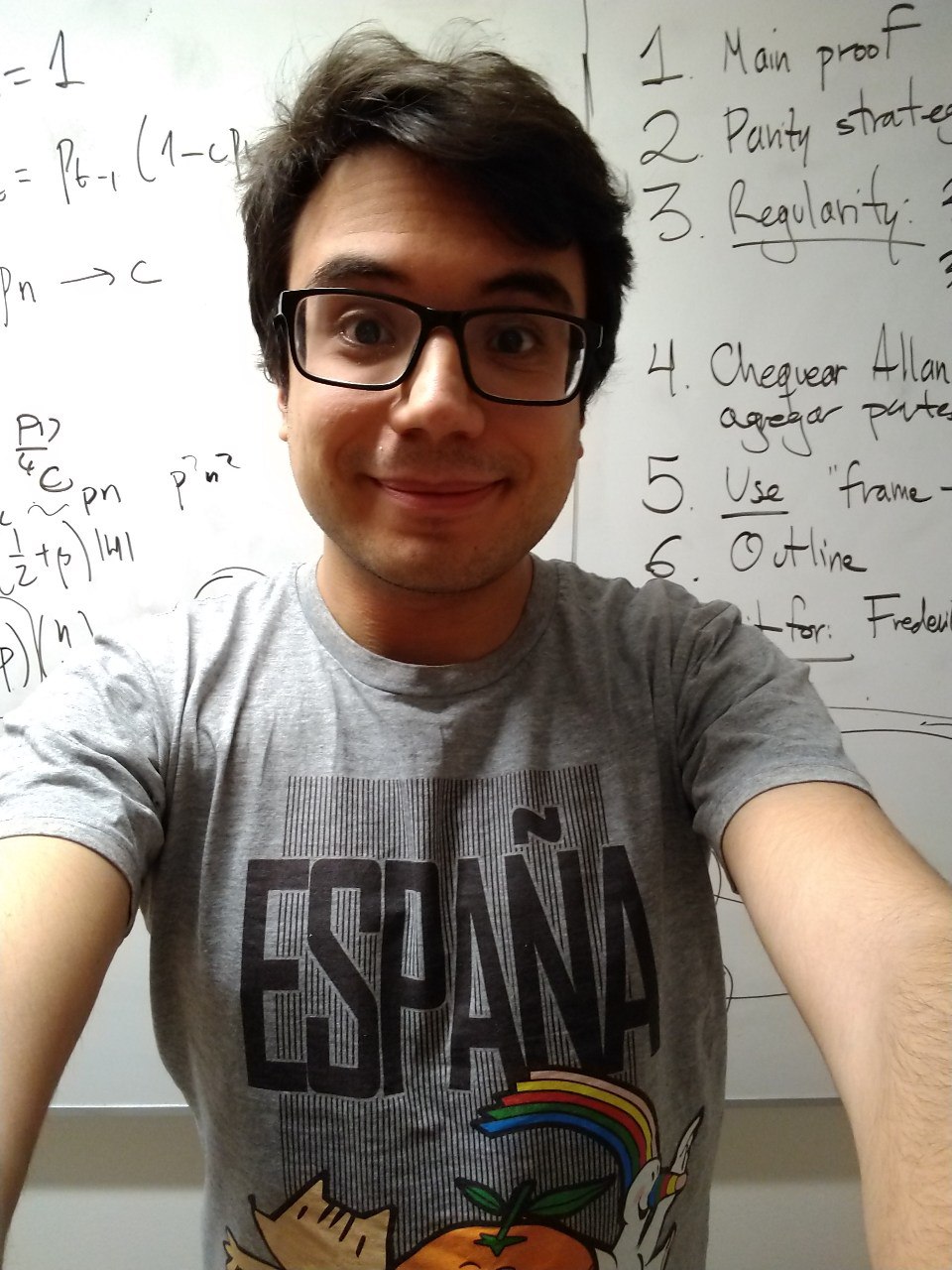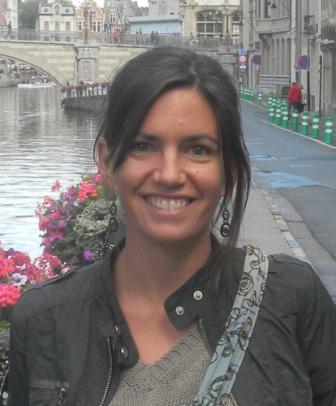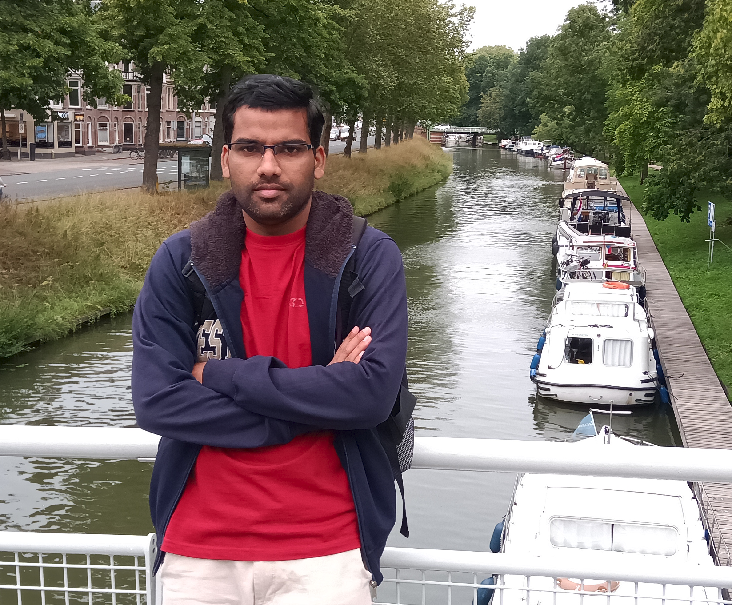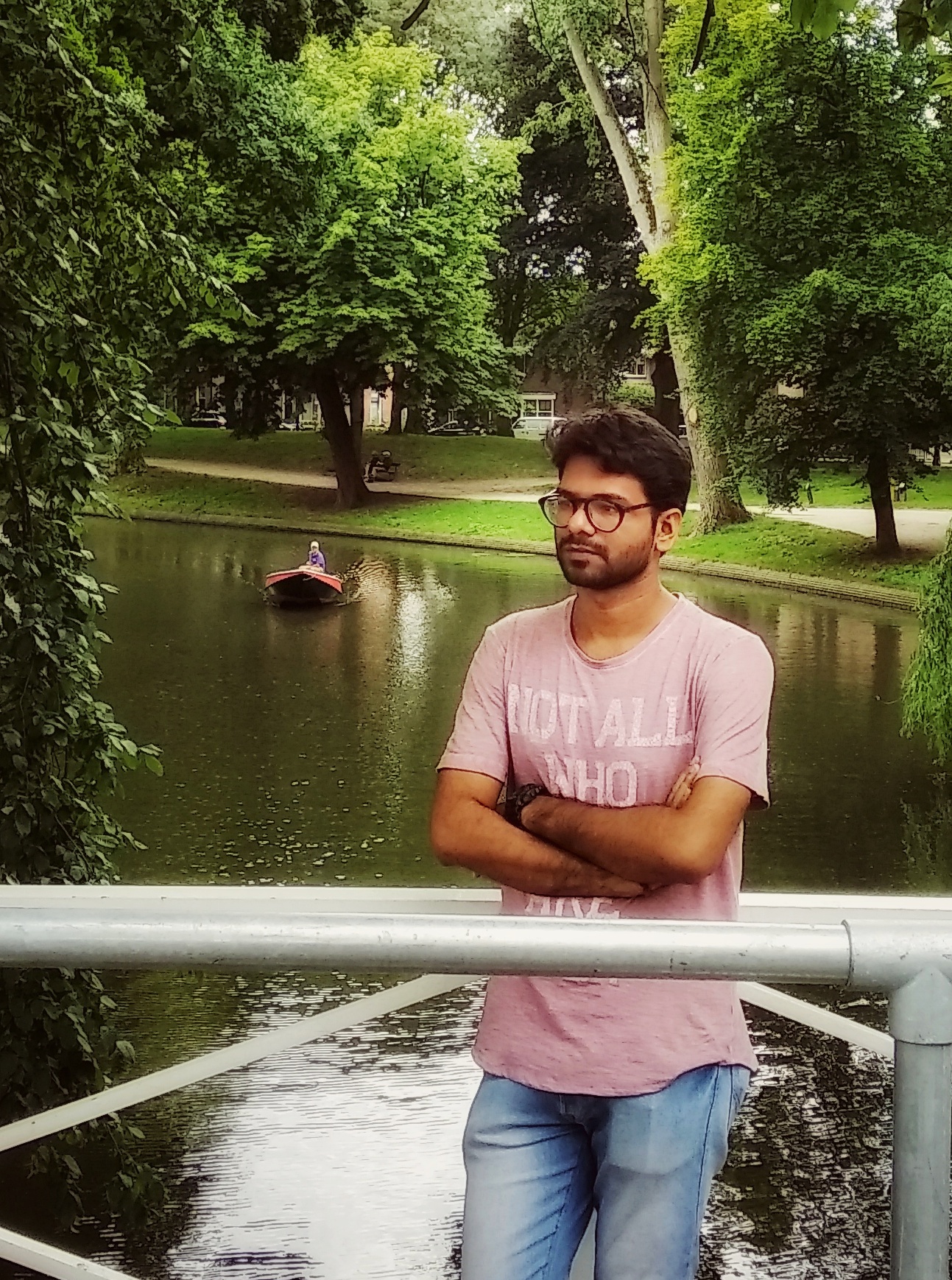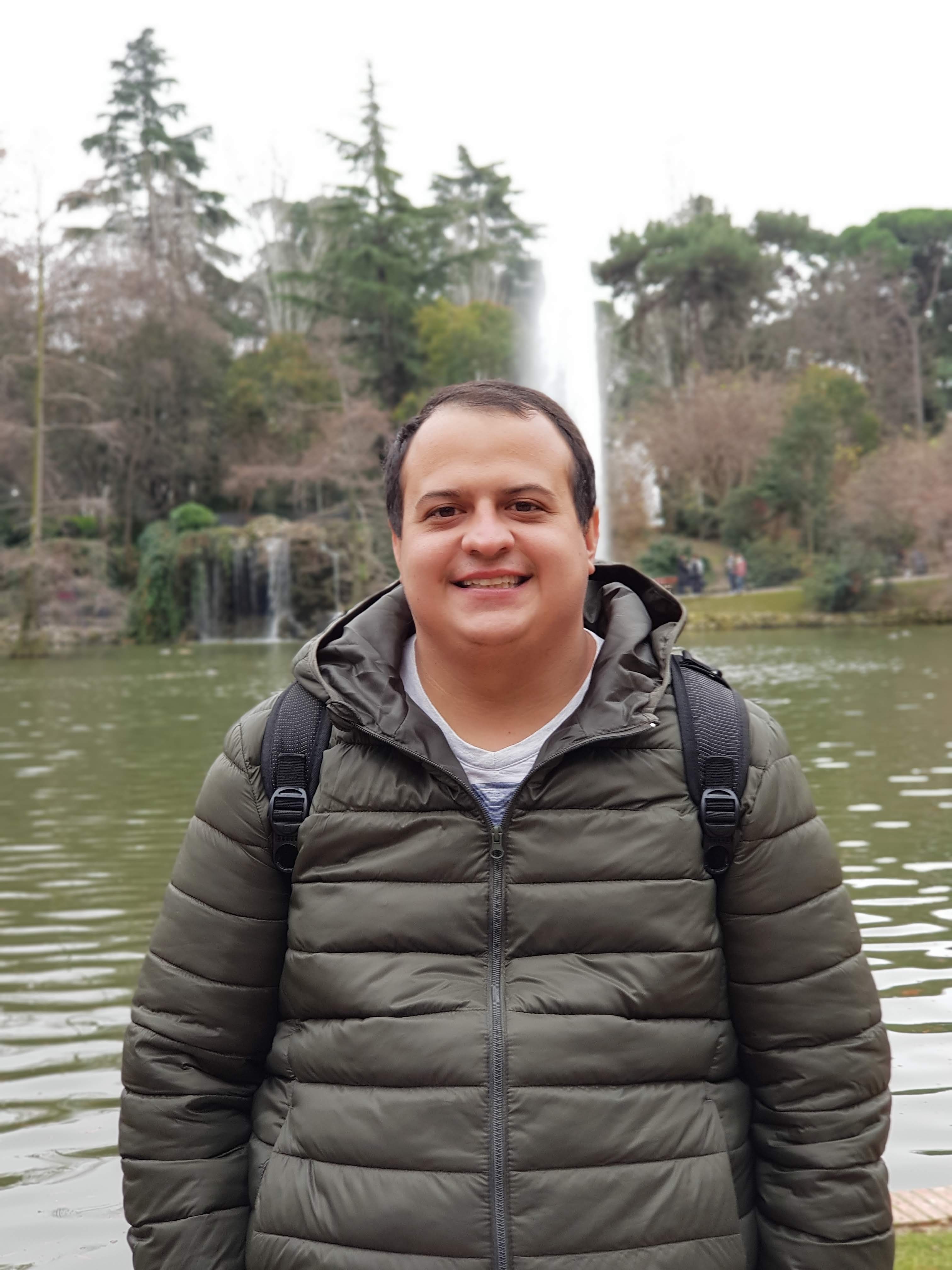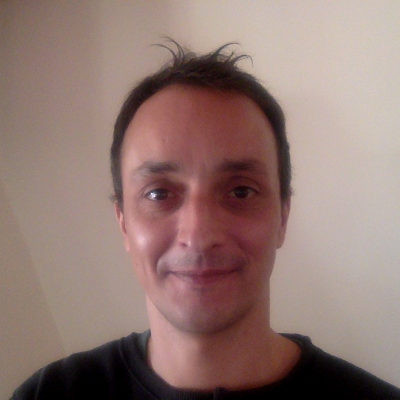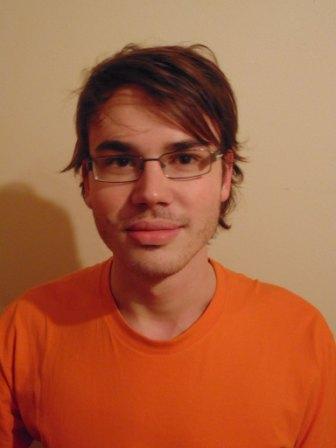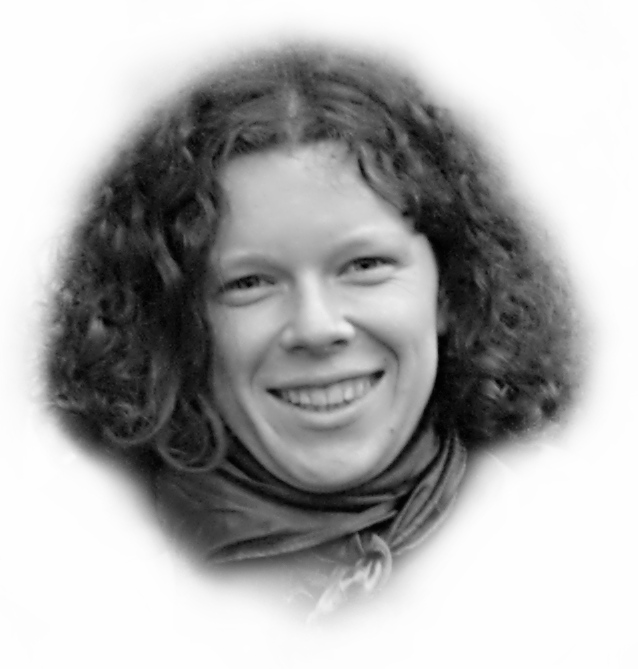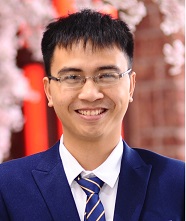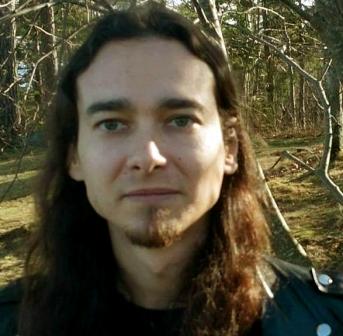
|
Israel Rocha
(Moved to industry)
My research is in the area of Spectral Graph Theory. I am interested in understanding how eigenvectors portray the structure of networks, such as community formation, connectivity, partitioning, etc. Besides, I conduct research on extremal problems in Spectral Graph Theory, such as characterizing graphs that achieve extremal values of algebraic connectivity, energy, etc.
Spectral techniques have been used for decades to successfully reveal the underlying properties of graphs. From graphs with a specific design to random graphs, and from finite to infinite graphs, I have been applying semidefinite optimization, probability theory, and matrix theory to expose such properties. |
